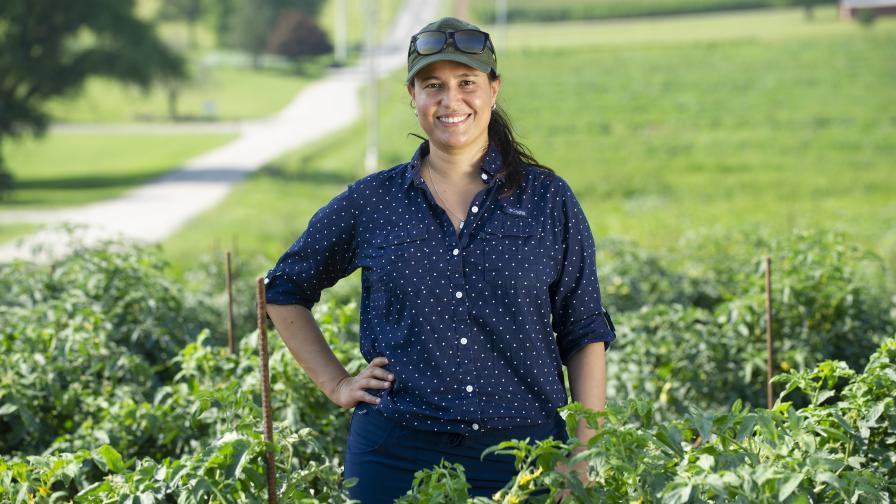Can Artificial Intelligence Predict Citrus Yields Better Than Humans?
Advanced technology continues to gain ground with farmers. University of Florida researchers are using artificial intelligence to help citrus growers better forecast their seasonal production. So far, they’ve found in a preliminary study their technology predicts yields with 98% accuracy.
That’s way up from the 75% to 85% accuracy growers get when they count their trees manually, says Yiannis Ampatzidis, a UF/IFAS Associate Professor of agricultural and biological engineering.
“Citrus yield predictions give growers, packinghouses, and other distributors critical information before the farmers harvest the fruit,” Ampatzidis says. “Such predictions help growers know what resources such as workers, storage, and transportation will be needed for the harvest.”
In a preliminary study presented last month to the American Society of Agricultural and Biological Engineers, UF/IFAS researchers showed how they used AI technology to generate two citrus yield-prediction models.
So far, scientists prefer one of those models, which they tested during the 2019-2020 citrus harvest season.
It combines data from unmanned aerial vehicles (drones) with manually gathered ground-based data. Specifically, the technology uses an AI-based model that combines UAV multispectral images with ground-collected color – red, green, and blue — images to predict citrus yield.
Scientists like the AI-based yield prediction model because it projected the harvest with 98% accuracy at the block level.
Researchers compared the AI model with manually collected harvest data.
Currently, growers manually count fruit from randomly selected trees, then they harvest immature fruit from those trees. Then they use simple mathematical models to extrapolate and predict yield for a block, according to Ampatzidis.
Some growers also hire consulting companies to predict yield, he adds.
The accuracy of these traditional models varies, and it’s often around 75% to 85%.
UF/IFAS researchers used Agroview, a novel cloud-based technology, to analyze the multispectral images and to determine tree characteristics, such as height, canopy size, leaf density, and health – in addition to the number of fruit.









